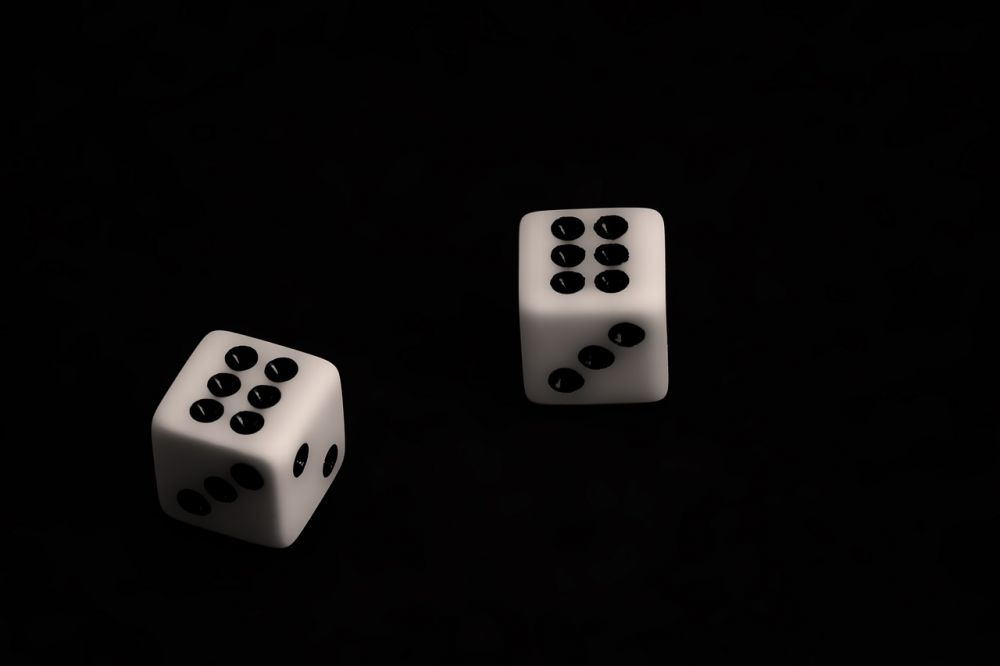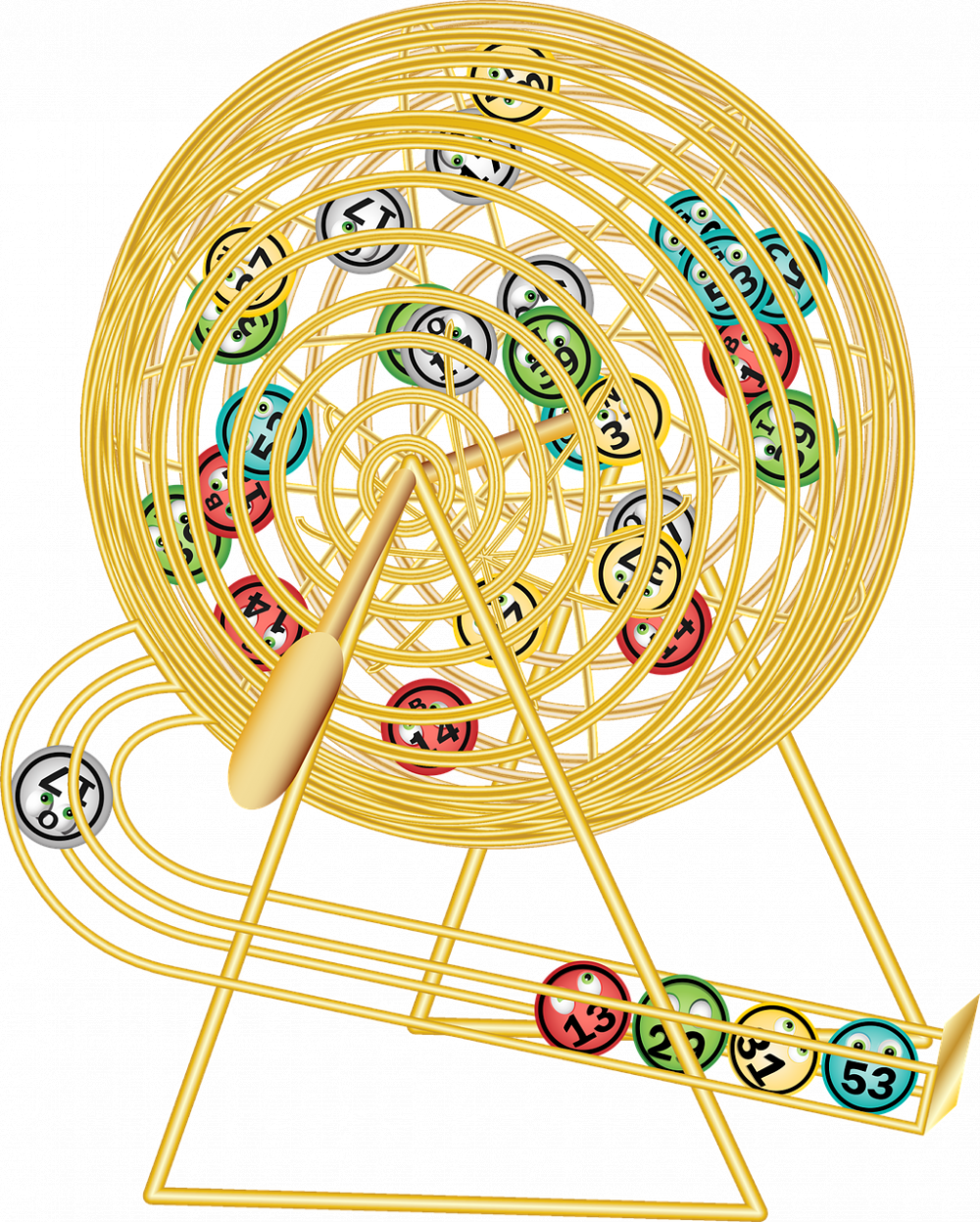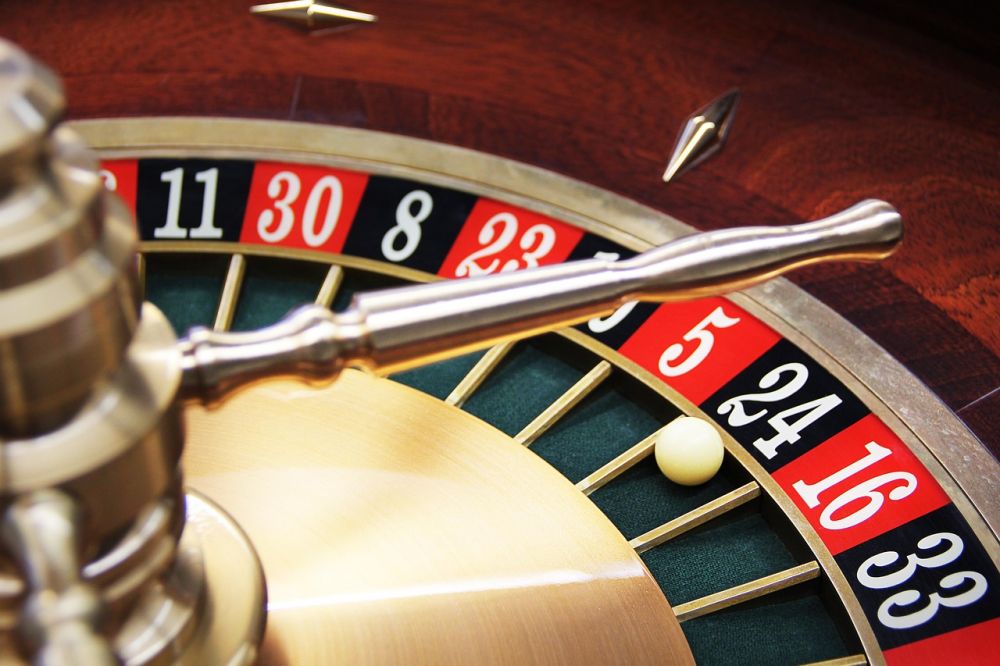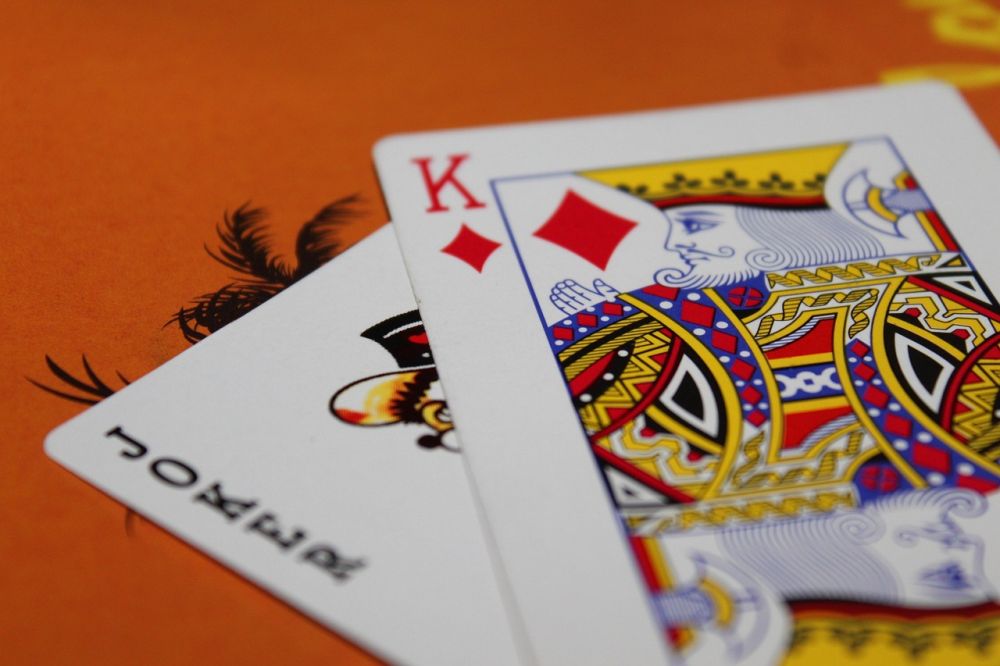Blackjack Counting Cards: Maximizing Your Odds in Casino Games

Introduction
In the realm of casino games, blackjack counting cards is a technique that has fascinated and intrigued players for decades. This strategy, often considered as a symbol of skillful play, holds the potential to significantly increase a player’s chances of winning. In this comprehensive article, we will delve into the ins and outs of blackjack counting cards, providing valuable insights and practical tips for those interested in casino games.
Understanding Blackjack Counting Cards

At its core, blackjack counting cards involves mentally keeping track of the ratio of high to low-value cards remaining in the deck during a game of blackjack. By doing so, players can make more informed decisions regarding their bets and playing strategies. This technique relies on the fact that having more high-value cards left in the deck favors the player, while more low-value cards benefit the dealer.
To implement this strategy effectively, players must develop a solid understanding of card values. All numbered cards from 2 to 9 are assigned their face value, while 10s, Jacks, Queens, and Kings have a value of -1. Aces, on the other hand, can be counted as either -1 or +1, depending on the specific counting system employed. The goal is to keep a mental tally of these values as the game progresses.
Historical Evolution of Blackjack Counting Cards
The origins of blackjack counting cards can be traced back to the early 1960s when Dr. Edward O. Thorp, a mathematics professor, unlocked the secrets to beating the game using statistical analysis and computer simulations. Thorp’s groundbreaking book, “Beat the Dealer,” introduced the concept of card counting to the world, forever changing the landscape of blackjack.
Thorp’s work laid the foundation for subsequent advancements in card counting strategies, propelling the technique into the mainstream. One such milestone was the introduction of the Hi-Lo system by Harvey Dubner in the early 1970s. Building upon Thorp’s initial findings, Dubner’s method simplified card counting, making it accessible to a wider audience.
Over the years, innovative players have further refined card counting systems, leading to the creation of more sophisticated methods such as the KO system, Hi-Opt systems, and the Omega II system. These techniques offer varying levels of complexity and are tailored to suit individual preferences and skill levels.
Making Card Counting Work for You
For aspiring card counters, mastering the art of blackjack counting cards requires practice, discipline, and a solid understanding of game dynamics. Here are some key points to keep in mind:
1. Legal considerations: While card counting is perfectly legal, casinos frown upon this practice. Players should exercise caution to avoid detection, as casinos employ surveillance and countermeasures to identify card counters.
2. Counting systems: Choose a counting system that suits your skill level and comfort. The Hi-Lo system, with its simplicity and effectiveness, is a popular choice for beginners. More advanced players may explore alternative systems for greater precision.
3. Speed and accuracy: To gain an edge, card counting must be performed swiftly and accurately. Practice mental agility and sharpen your counting skills until it becomes second nature.
4. Camouflage techniques: Drawing attention to oneself is a card counter’s worst enemy. Employ camouflage techniques such as varying bet sizes, altering playing styles, and employing strategic cover plays to avoid detection.
Conclusion
Blackjack counting cards remains a captivating strategy for casino game enthusiasts around the world. By understanding the fundamental principles, historical evolution, and practical techniques associated with this technique, players can enhance their chances of success at the blackjack table. Remember, success in card counting requires discipline, practice, and a deep understanding of the game. So, venture forth, refine your skills, and may the odds be forever in your favor.





